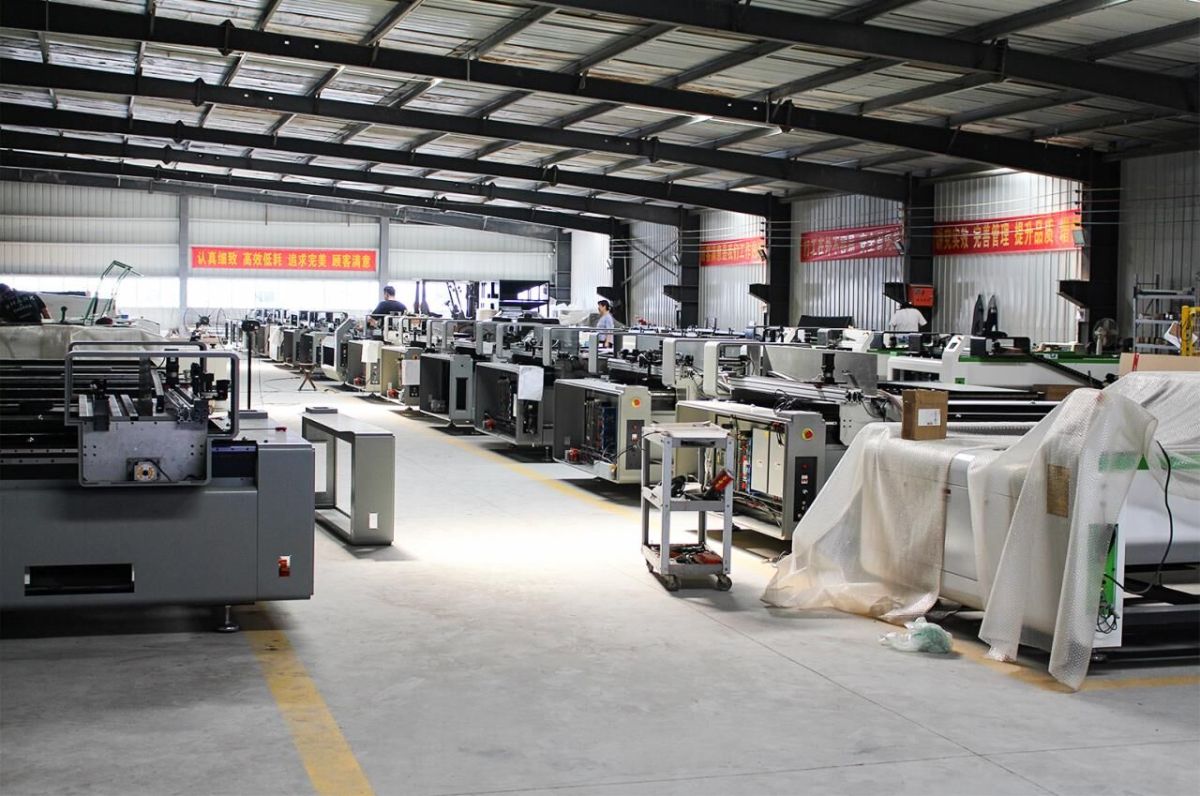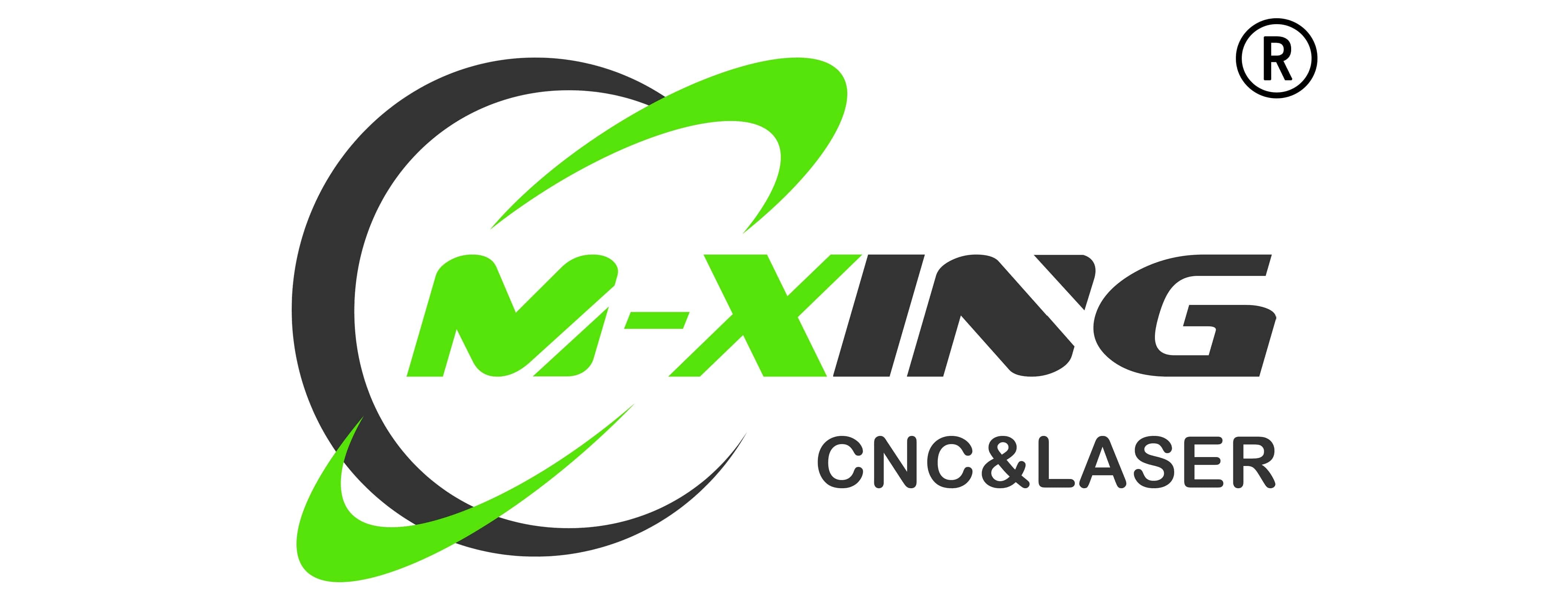Blog
Welding, a fundamental process in manufacturing and fabrication industries, has seen significant advancements with the advent of laser technology. Welding laser machine have revolutionized the way metals are joined, offering precision, speed, and efficiency that were once unimaginable.
The History and Development of Laser Welding Technology

Laser welding began its journey in the late 1960s when scientists recognized the potential of focused light beams for high-precision joining tasks. Initially, lasers were bulky, expensive, and limited to niche applications. However, over time, advancements in solid-state laser technologies such as fiber lasers, diode lasers, and disc lasers have made them more compact, versatile, and cost-effective. Today, welding laser machines are widely used across various sectors, including automotive, aerospace, medical devices, electronics, and jewelry making.
Principles of Operation in Welding Laser Machines
A welding laser machine works by emitting a concentrated beam of monochromatic light through a process called stimulated emission. This beam is directed at the material interface, where it is absorbed, rapidly heating the metal to its melting point. The melted materials then fuse together, forming a strong bond. Key components of a typical laser welding system include the laser source, optical delivery system (e.g., mirrors or fiber optics), focusing lens, and a control system that manages the beam's path, intensity, and duration.
Advantages of Welding Laser Machines Over Traditional Methods
1.Precision: Laser welding allows for extremely precise and narrow weld seams, minimizing heat-affected zones (HAZ). This results in minimal distortion and warping of the surrounding material, which is particularly crucial in intricate parts and thin-gauge metals.
2.Speed: Due to the highly concentrated energy input, laser welding can achieve faster processing speeds than conventional methods like TIG or MIG welding. This accelerates production rates and reduces cycle times.
3.Versatility: Laser welding machines can handle a broad spectrum of materials, from common metals like steel and aluminum to exotic alloys, and even dissimilar metals. They can perform both spot welding and seam welding on complex geometries and in hard-to-reach areas.
4.Automation Potential: Laser welding systems integrate seamlessly with robotic arms and automated assembly lines, enabling efficient and repeatable processes that enhance productivity and reduce labor costs.
5.Quality and Consistency: The controlled nature of laser welding ensures consistent quality throughout the production run, leading to fewer defects and higher-quality end products.
6.Low Maintenance: Laser sources typically have longer lifetimes and require less maintenance compared to traditional arc welding equipment, contributing to lower operating costs over time.
7.Environmental Benefits: Laser welding produces fewer fumes and sparks, creating a safer and cleaner work environment that requires less post-processing cleanup.
Applications and Future Trends
Laser welding machines also excel in micro-welding, cladding, and cutting operations. As technology continues to evolve, new innovations such as hybrid welding techniques (combining laser with other welding processes) and smart welding systems using artificial intelligence are emerging. These advancements promise to further enhance the capabilities and versatility of welding laser machines, ensuring their continued dominance in the manufacturing landscape.
Welding laser machines represent a quantum leap forward in welding technology, providing unparalleled accuracy, speed, and adaptability. Their benefits extend across multiple industries, transforming traditional manufacturing processes into high-tech, efficient, and environmentally friendly operations. With ongoing research and development, the future of laser welding looks brighter than ever, promising to unlock new possibilities and drive the industry toward greater innovation and sustainability.


